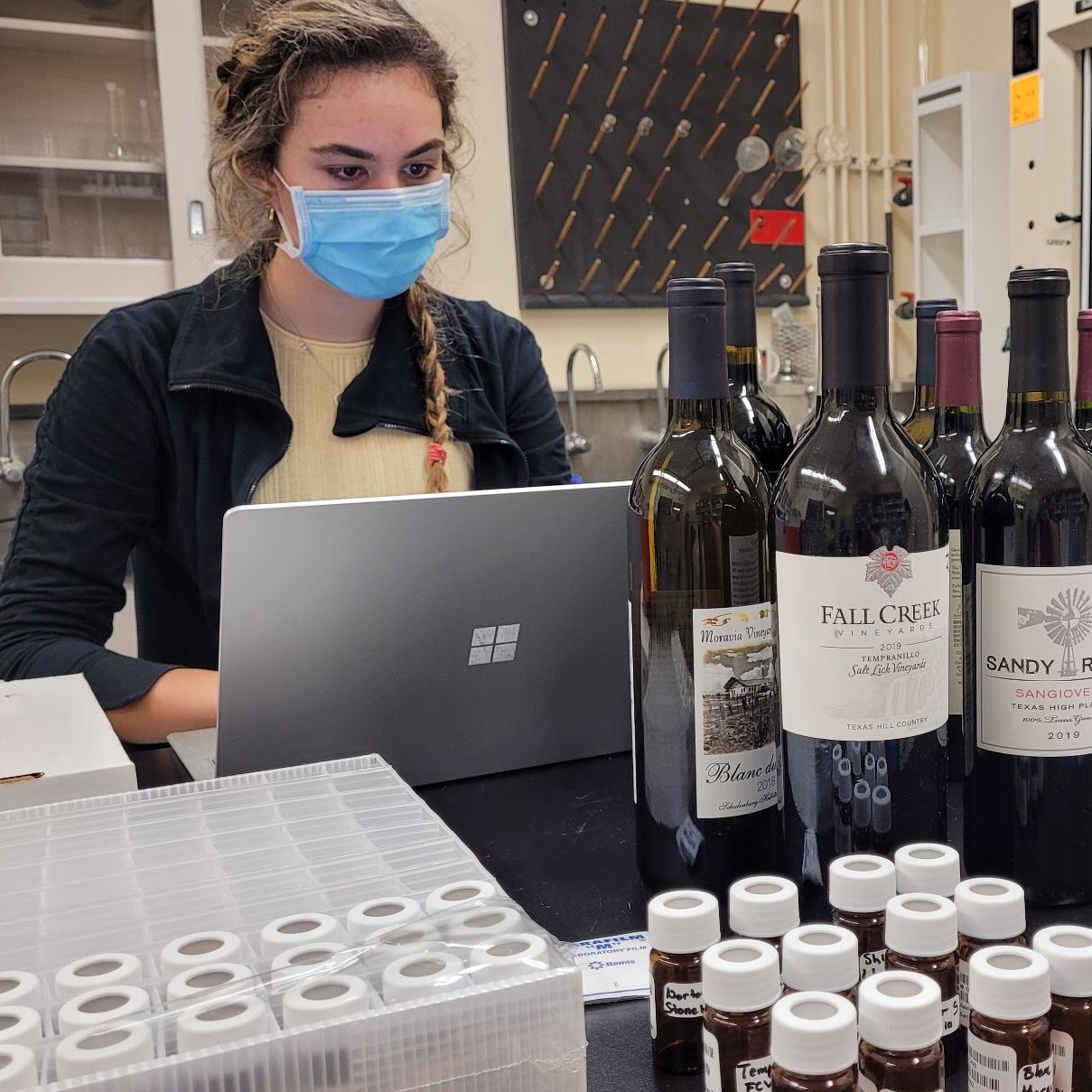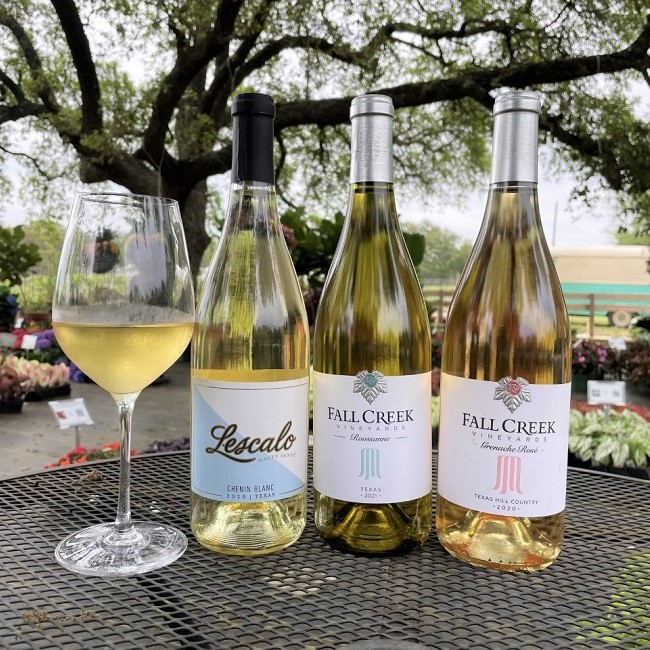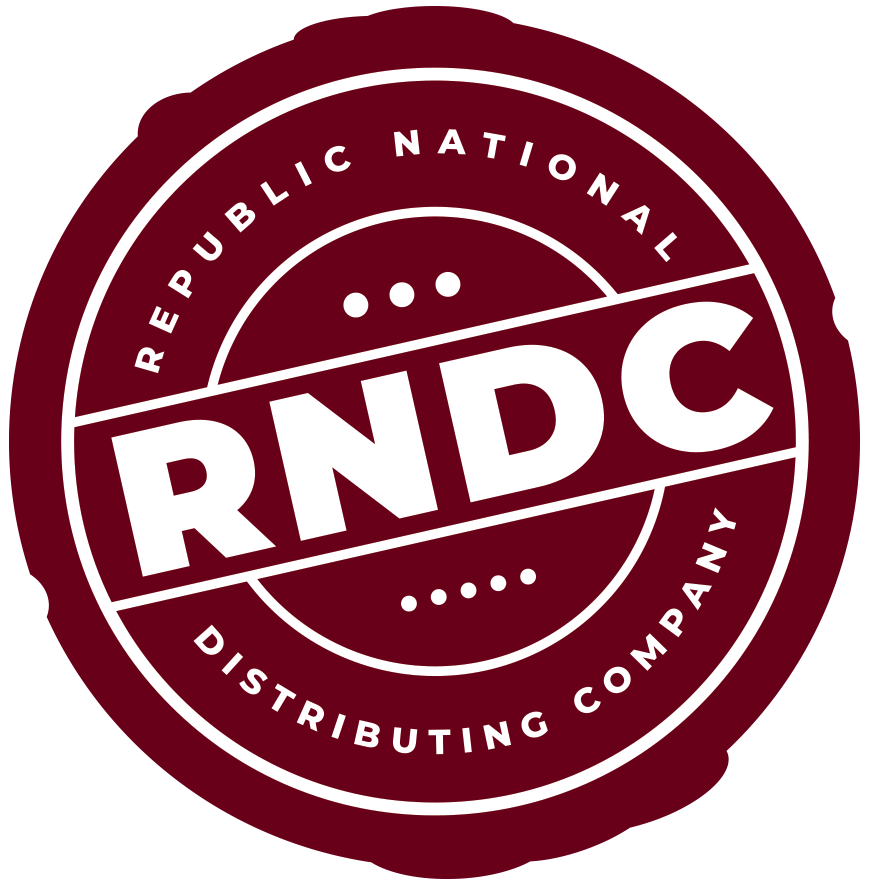
Our Research
The Supra Sensors stream focuses on the use of analytical chemistry, sensing methods and chemometrics to detect and classify biological samples of interest such as wine, grapevine leaves, berries, seaweed, and identify relevant metabolites with an emphasis on understanding how environmental factors may impact their chemical composition.
Supra Sensors Research Areas
- differential sensing of wine
- fingerprinting Texas Wines
- metabolomics

Our Strategy
Students interested in learning different types of chemistry such as organic chemistry, quantitative chemical analysis and peptide chemistry will gain experience in the synthesis of peptides, sensing methods, applying different types of analytical methods and instrumentation, and chemometrics (chemical statistics). Researchers also develop transferable skills, such as time management, communication, and teamwork that are beneficial for academics and career-readiness.
Supra Sensors researchers learn how to:
- identify and draw molecular structures of organic compounds.
- design and synthesize peptide-based sensors.
- purify and characterize sensors and metabolites (e.g., liquid chromatography mass spectrometry.
- implement differential sensing methods.
- quantify sensor-analyte interactions (e.g., absorption and mass spectrometry).
- process and analyze univariate and multivariate datasets using regression methods and chemometrics/machine learning.

Our Impact
Analytical sensing methods such as differential sensing and metabolomics have become powerful tools to classify complex biological samples and study their chemical composition. Our goal for this stream is to continue using these analytical methods, determining similarities or differences amongst these samples, screening their chemical composition, and potentially identifying new biomarkers according to their geographical origin.
We are grateful for support from our partnership with the UT Wine Initiative (UTWI), The Yates Family, and our seed sponsors:
Our Team

Diana Zamora-Olivares
- Associate Professor of Practice
- Freshman Research Initiative
- College of Natural Sciences

Eric Anslyn
- Professor
- Chemistry
- Interdisciplinary Life Sciences Graduate Programs
Welch Regents Chair in Chemistry (Holder)
Distinguished Teaching Professor
Resources
Course Credit
Research Outcomes
*undergraduate researcher
- Zeng, L.; Kaoud, T. S.; Zamora-Olivares, D.; Bohanon, A. L.; Li Y.; Pridgen, J. R.; Zhuang, D. L.; Ekpo, Y. E.*; Nye, J. R.* ;Telles, M.*; Winkler, M.* Rivera, S.*; Dalby, K. N.; and Anslyn, E. V. Multiplexing the Quantitation of MAP Kinase Activities Using Differential Sensing J. Am. Chem. Soc. 2022.
- Crook, A. A.; Zamora-Olivares, D.; Bhinderwala, F.; Woods, J.; Winkler, M.* ; Rivera, S.*; Shannon, C. E.*; Wagner, H. R.* ; Zhuang, D. L.*; Lynch, J. E.*; Berryhill, N. R.*; Runnebaum, R. C.; Anslyn, E.V.; Powers, R. Combination of two analytical techniques improves wine classification by Vineyard, Region, and vintage. Food Chem., 2021.
- Zamora-Olivares, D.; Kaoud, T. S.; Zeng, L.; Pridgen, J. R.; Zhuang, D. L.*; Ekpo, Y. E.*; Nye, J. R.*; Telles, M.*; Anslyn, E. V.; Dalby, K. N. Quantification of ERK Kinase Activity in Biological Samples Using Differential Sensing. ACS Chem. Biol., 2020.
- Ghanem, E.; Afsah, S.; Fallah, P. N.; Lawrence, A.; LeBovidge, E.; Raghunathan, S.; Rago, D.; Ramirez, M. A.; Telles, M.*; Winkler, M.*; Schumm, B.*; Makhnejia, K.*; Portillo, D.*; Vidal, R. C.*; Hall, A.*; Yeh, D.*; Judkins, H.*; da Silva, A. A.*; Franco, D. W.*; Anslyn, E. V. Differentiation and Identification of Cachaça Wood Extracts Using Peptide-Based Receptors and Multivariate Data Analysis. ACS Sensors, 2017.
- Umali, A. P.; Ghanem, E.; Hopfer, H.; Hussain, A.; Kao, Y.; Zabanal, L. G.; Wilkins, B. J.; Hobza, C.; Quach, D. K.; Fredell, M.; et al. Grape and wine sensory attributes correlate with pattern-based discrimination of Cabernet Sauvignon wines by a peptidic sensor array. Tetrahedron 2015.
- E. Ghanem et al., Predicting the composition of red wine blends using an array of multicomponent Peptide-based sensors. Molecules 2015.
- Umali, A. P.; LeBoeuf, S. E.; Newberry, R. W.*; Kim, S.; Tran, L.; Rome, W. A.; Tian, T.; Taing, D.; Hong, J.; Kwan, M.; et al. Discrimination of flavonoids and red wine varietals by arrays of differential peptidic sensors. Chem. Sci. 2011.




